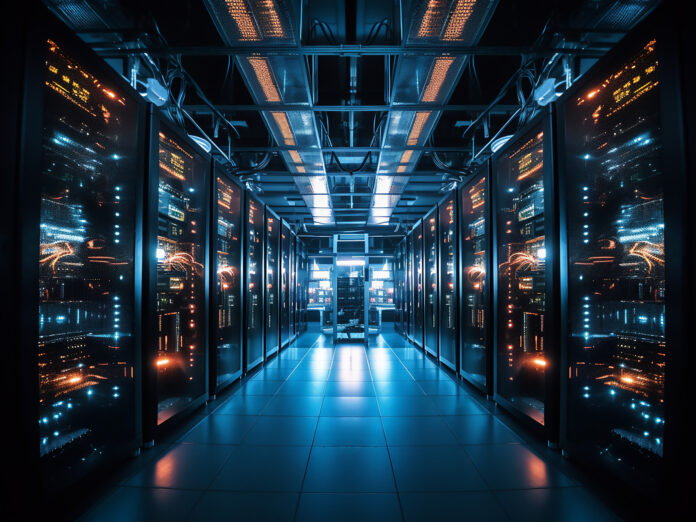JLL noted that the advent of AI in data centers has brought significant changes to the industry, particularly in terms of power density and facility size
In sum – what you need to know:
AI reshaping data center design – The rise of AI is driving demand for smaller, more power-dense facilities due to GPU costs reaching $30M per MW, JLL says.
Cooling and structure reimagined – AI hardware’s weight and heat require new designs, including liquid cooling and stronger floor loads, plus hybrid HVAC systems for mixed equipment.
Retrofits offer near-term relief – With colocation vacancy at 2.6%, adaptive reuse and stranded power capacity in cloud-shifted sites are emerging as scalable solutions for 1–3MW AI workloads.
As AI adoption accelerates globally, data center operators are grappling with unprecedented infrastructure and real estate demands. From power density to space constraints, the race to build AI-ready facilities is reshaping the digital backbone of the modern economy, Sean Farney, vice president of data center strategy at JLL, told RCR Wireless News.
“The advent of AI in data centers has brought significant changes to the industry, particularly in terms of power density and facility size,” the JLL executive said.
Hyperscale providers continue to expand massive campuses to support traditional compute needs, but for AI-only operations, the economics and infrastructure look very different. “The extremely high cost of GPU server equipment, which can reach $30 million per megawatt, makes it financially impractical to build million-square-foot AI-only facilities except for those with the deepest pockets,” he added.
This financial reality is driving a trend toward “smaller, more power-dense buildings.” AI infrastructure is not just more expensive — it’s physically different. “AI differs significantly from traditional servers, with hardware resembling massive, heavy jet engines rather than the easily manageable servers of the past,” Farney explained. This shift is forcing operators to reconsider floor loading capacities and the physical structure of buildings themselves.
Cooling infrastructure is also undergoing a transformation. “Liquid cooling has emerged as a new challenge and opportunity in AI data centers,” said Farney. While the technology can be integrated with existing chiller systems — creating some retrofit potential — “air cooling is still necessary for personnel, network gear and other non-liquid-cooled equipment.” This hybrid requirement complicates facility design and HVAC planning, even in new builds.
At the same time, resource constraints are piling up. “The data center industry is facing additional challenges due to power and land shortages, as well as limited colocation availability,” the JLL executive warned. With colocation vacancy rates dropping to just 2.6% by the end of 2024 and rents up more than 11% across the U.S., operators are looking for creative solutions.
One of the most viable options is adaptive reuse — repurposing industrial or commercial assets into AI-capable data centers. “This approach harkens back to the early days of the internet when many iconic data centers were repurposed from existing industrial facilities,” Farney noted. These conversions can be faster and more cost-effective than greenfield developments, especially in urban areas where power and land are scarce.
Retrofits are also proving ideal for smaller AI workloads. “Many facilities that have shifted their critical loads to the cloud over the past decade now have stranded power capacity. These spaces could be suitable for smaller-scale AI deployments of 1-3 megawatts, which are often required for product development and testing labs,” said Farney.
Despite the constraints and complexity, he sees the industry rising to the challenge. “The data center industry is demonstrating flexibility and agility in adapting to these new technologies and their unique requirements,” he said. “The industry is continuously evolving its approaches to design, construction and operations to accommodate the transformative potential of AI while navigating the challenges it presents.”

